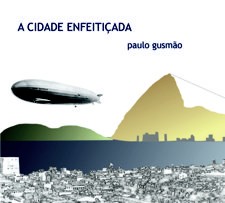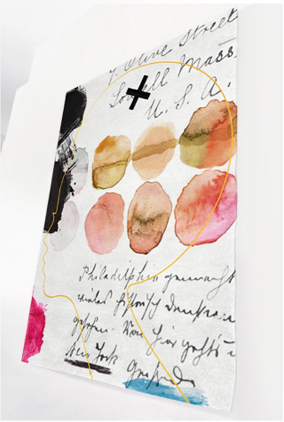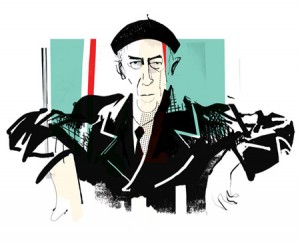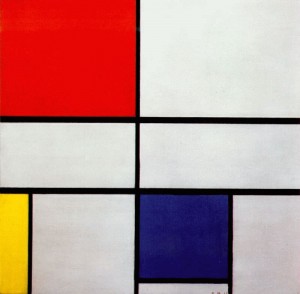Multiple choices
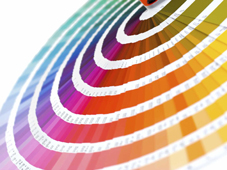
Pantone®Guide
Sample books have been used since the sixteenth century as working tools for all areas of the decorative arts. With the purpose of experimentation, documentation, marketing or distribution, they are endowed with refined beauty since it offers countless possibilities of colors, shapes, forms or textures, and provide the perception of variety – and by doing so in an orderly fashion, they allow understanding and pleasure. (Quoting Montesquieu: “It does not suffice it to show many things to the soul: we must do it in order, to be able to remember what we saw and begin to imagine what we will see; the soul thus rejoices for its extent and its ability to penetrate”.)
On this theme, in 2008 the Cooper-Hewitt Museum held a wonderful exhibition called “Multiple Choices – From Sample to Product”. The samples ranged from sales catalogs with replica buttons of the French industry of the eighteenth century to tiles resembling the porcelain colors of Sèvres, to the latest Pantone® Guides notebooks, books and objects of unparalleled beauty, capable of filling our eyes and taking our breath away.
The contact with such universe of colors, shapes and their infinite associations results in a sensory experience able to provide our soul with different and infinite pleasures. A beautiful example is the PantoneHotel, inaugurated almost a year ago in Brussels. By inviting people to “experience Brussels through the lens of colors”, the hotel assigned to each of its seven floors different color palettes, thus aiming to provide its guests with different sensations – and therefore, different pleasures.

